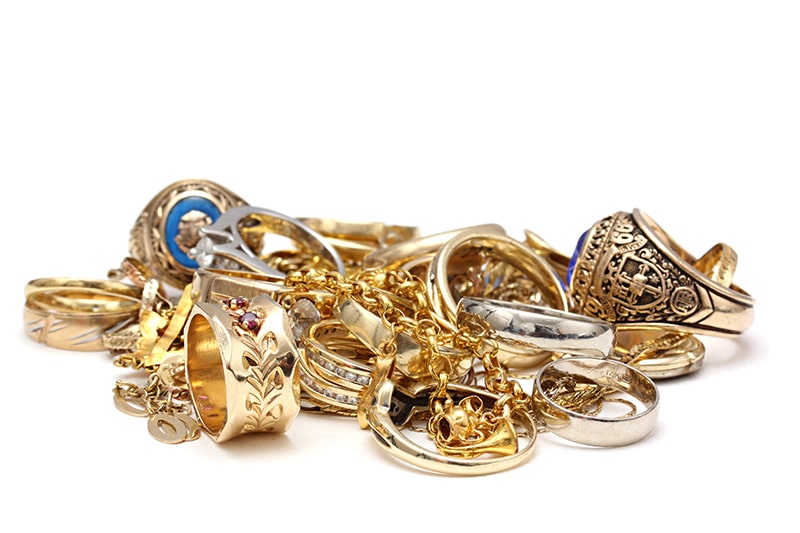In a world where financial stability is often uncertain, investors seek refuge in tangible assets like precious metals. Gold and silver have both stood the test of time as reliable is gold or silver a better investment, but which shines brighter in the investment arena? Let’s delve into this age-old debate and uncover the nuances that make each metal unique.
1. Historical Performance
Gold: A Timeless Standard Gold has been revered as a symbol of wealth and stability for millennia. Its allure spans civilizations, making it a universal store of value. Historically, gold has retained its purchasing power, even during times of economic turmoil. From ancient civilizations to modern economies, gold has maintained its status as a safe haven asset.
Silver: The People’s Metal While silver lacks the prestige of gold, it holds its own in the investment world. Throughout history, silver has been used in currency, jewelry, and industrial applications. Its dual role as both a precious metal and an industrial commodity gives it unique investment potential. Silver’s affordability compared to gold makes it accessible to a broader range of investors.
2. Market Dynamics
Gold: Supply and Demand The gold market is influenced by various factors, including central bank policies, geopolitical tensions, and currency fluctuations. Supply constraints and increasing demand from emerging markets contribute to the metal’s appeal. Investors often flock to gold during times of uncertainty, driving prices higher.
Silver: Industrial Demand Unlike gold, silver has significant industrial applications, ranging from electronics to solar panels. Industrial demand plays a crucial role in determining silver prices, alongside investment demand. Economic growth and technological advancements can impact silver prices, making it more volatile than gold.
3. Investment Considerations
Gold: Stability and Security Investors turn to gold for its stability and ability to preserve wealth over time. As a tangible asset with intrinsic value, gold serves as a hedge against inflation and currency devaluation. Its liquidity and global acceptance make it a cornerstone of many investment portfolios.
Silver: Growth Potential Silver’s dual role as a precious metal and an industrial commodity gives it growth potential. While it may be more volatile than gold, silver often outperforms during periods of economic expansion. Its affordability attracts investors looking to diversify their portfolios and capitalize on market opportunities.
4. Risks and Rewards
Gold: Limited Upside Despite its stability, gold may have limited upside compared to other investments during periods of economic growth. While it serves as a reliable store of value, its price appreciation may not match that of riskier assets. Additionally, fluctuations in mining output and central bank policies can impact gold prices.
Silver: Volatility and Uncertainty Silver’s volatility can be both a blessing and a curse for investors. While it offers the potential for higher returns, it also carries greater risk. Industrial demand, currency fluctuations, and market sentiment can lead to sharp price swings. Investors must carefully assess their risk tolerance before allocating funds to silver.
5. Conclusion
In the age-old debate of gold vs. silver, there is no definitive answer. Both metals offer unique advantages and drawbacks gold buyers, depending on individual investment goals and market conditions. Gold provides stability and security, while silver offers growth potential and industrial utility. Ultimately, the decision comes down to diversification, risk tolerance, and long-term financial objectives. Whether you choose gold, silver, or a combination of both, remember to conduct thorough research and consult with a financial advisor to make informed investment decisions. As the saying goes, “All that glitters is not gold,” but sometimes, it might just be silver.

